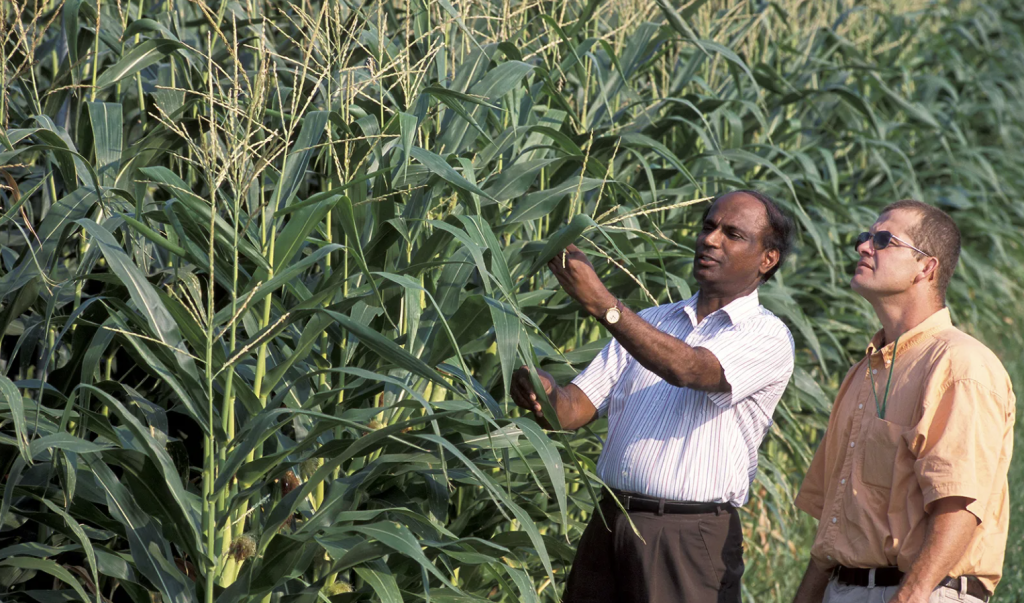Agriculture is the practice or science of farming, including cultivating the soil to grow crops and rear animals. It is a multidisciplinary biology field that entails social sciences that seek application in the practice and understanding of agriculture.
Agricultural sciences are made up of research and development, and it studies the following factors;
- Soil science
- Horticulture
- Plant pathology
- Entomology.
Agrigenomics is one of the most recent updates in the agricultural field, and it has enhanced sustainable products that provide solutions to feed the global population. It also entails the use of new technology to enable farmers to make informed breeding decisions.
Top Agricultural Branches
Below we discuss the main branches of agriculture;
1. Agronomy
Agronomy is a common agricultural branch that studies different human intervention models on nature. It is different from other plant sciences, and agronomic crops occupy a significant area and are crucial in most food production systems. Examples of foods in this category include alfalfa, corn, and soybean.
These foods are also known as field crops and make a significant part of the agricultural acreage. Agronomy considers the entire influence range on crop production that includes adaptation and climate.
It also considers how to grow these crops profitably and effectively while conserving natural resources.
2. Entomology
Entomology is a widely known agricultural branch that deals with the study of insects. Experts in this field differentiate insects in the animal world, mainly with their taxonomy. Entomology also deals with the study of physiology and morphology, corresponding to one-third of the global living beings.
Insects date back five hundred million years and are among the most numerous animals. Over three million species have been recorded today, and an estimated three million are yet to be registered.
3. Soil Science
Soil science or edaphology teaches farmers how to maximize on their use of soil to get the best results. Edaphology is an applied science that teaches us the best practices and techniques to meet these objectives.
Edaphology was established over two hundred years ago and has a detailed history today on methods that interpret the soil’s complex behavior. These concepts and methods were derived from other sciences but are a separate discipline today.
4. Horticulture
The term horticulture is derived from the Latin language, and it means garden or orchard. This science incorporates technology, fieldwork, and other commercial activities in vegetable consumption.
Farmers practicing horticulture should ensure their harvests are effective and use effective fertilization methods to obtain their multiplication. These farmers should also ensure their vegetables have the best quality and nutrient composition and are resistant to climatic phenomena.
5. Agricultural Extension
The agricultural extension concept occurs when farmers apply specific scientific research to their livestock and agricultural education. The agricultural extension field has spread to various learning and communication activities.
This concept is becoming more popular in third-world countries and developed countries.
Final Thoughts
The agricultural sector is vast, and the above article has discussed its top branches. These branches include; horticulture, entomology, and soil science.

